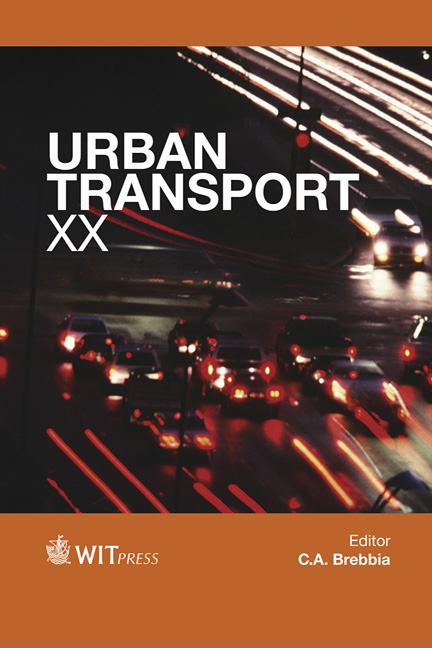Investigating The Effects Of Improving Public Transport System Linkage To Spatial Strategy On Controlling Urban Sprawl: Evidence From Surabaya City, Indonesia
Price
Free (open access)
Transaction
Volume
138
Pages
16
Published
2014
Size
2,275 kb
Paper DOI
10.2495/UT140541
Copyright
WIT Press
Author(s)
L. Ambarwati, R. Verhaeghe, A. J. Pel & B. van Arem
Abstract
The phenomenon of sprawl has been a huge issue since the beginning of the 20th century and is characterized by rapid and unbalanced settlement development, with transportation network, particularly in the suburban areas. Academic research has explained the linkage strategy between transportation network and urban planning. However, insufficient empirical verification has been carried out to reduce this phenomenon by using the integrated approach of space-transport development. This paper focuses on analyzing the improvement of public transport supply incorporated in the settlement development. The improvement of public transport (PT) is designed by planning Mass Rapid Transit (MRT), Light Rapid Transit (LRT), Bus Rapid Transit (BRT) and feeder systems. The impact of PT improvement has an effect on the settlement development. In addition, creating a balance between employment and population density is designed as an alternative to urban spatial strategy. These approaches are necessary in order to analyze and to evaluate the many alternatives proposed as a solution to overcome this phenomenon. The conclusions reveal that the requirement for linkage space-transport development strategy in order to control settlement in the suburbs has to involve reduction of 35% in travel time and to increase doubling of the use of PT.
Keywords
public transport, spatial strategy-transport development, controlling urban sprawl, settlement development.





